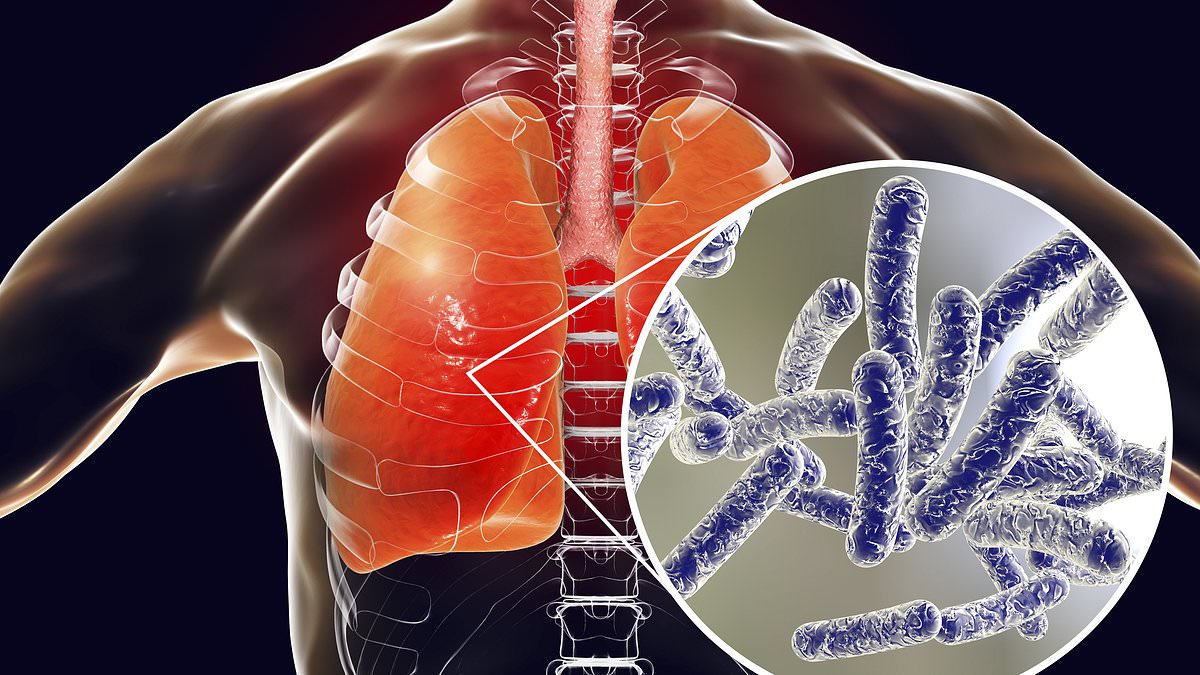A woman in her 90s has died from legionnaires’ disease, which health authorities say is spreading through Melbourne’s north and west.
Victoria’s chief health officer Clare Looker confirmed the fatality on Friday, saying the woman was admitted to hospital after becoming ill on Tuesday.
So far there have been 60 confirmed cases of legionnaires’ disease in the state, and Dr Looker confirmed 59 people have been hospitalised.
The source of the outbreak is being linked to a cooling tower in the Laverton North and Derrimut area of Melbourne, she told reporters on Friday.
Health authorities are investigating and disinfecting towers in the area.
Legionnaires’ disease is caused by the legionella bacteria, which is found in natural bodies of water as well as spas, warm water systems, potting mix and artificial systems that use water for cooling.
Symptoms usually include a chest infection, aches, headache, fever, cough and chills.
People with underlying diseases, particularly those who are immunocompromised, elderly people and smokers are at greater risk of infection.
Victorians experiencing a chest infection should make sure they seek medical care.
Legionnaires’ disease is a severe form of pneumonia that causes lung inflammation.
It is caused by a bacterium, known as Legionella.
The condition can cause life-threatening complications, including respiratory failure, kidney failure and septic shock, which occurs when blood flow to the vital organs is blocked.
Most sufferers become ill by inhaling tiny water droplets from infected sources, such as shower heads, hot tubs, swimming pools or ventilation systems in buildings.
Anyone can become infected, however, at-risk people include the elderly, smokers and those with suppressed immune systems, such as chemotherapy patients.
Symptoms usually develop between two and 10 days after exposure to the bacteria.
Early signs include:
People may then experience:
Treatment is antibiotics, usually in hospital, as soon as possible.
Prevention involves meticulous cleaning and disinfection of water systems.
People can reduce their risk by not smoking as this damages the lungs and makes individuals more susceptible.
Source: Mayo Clinic
